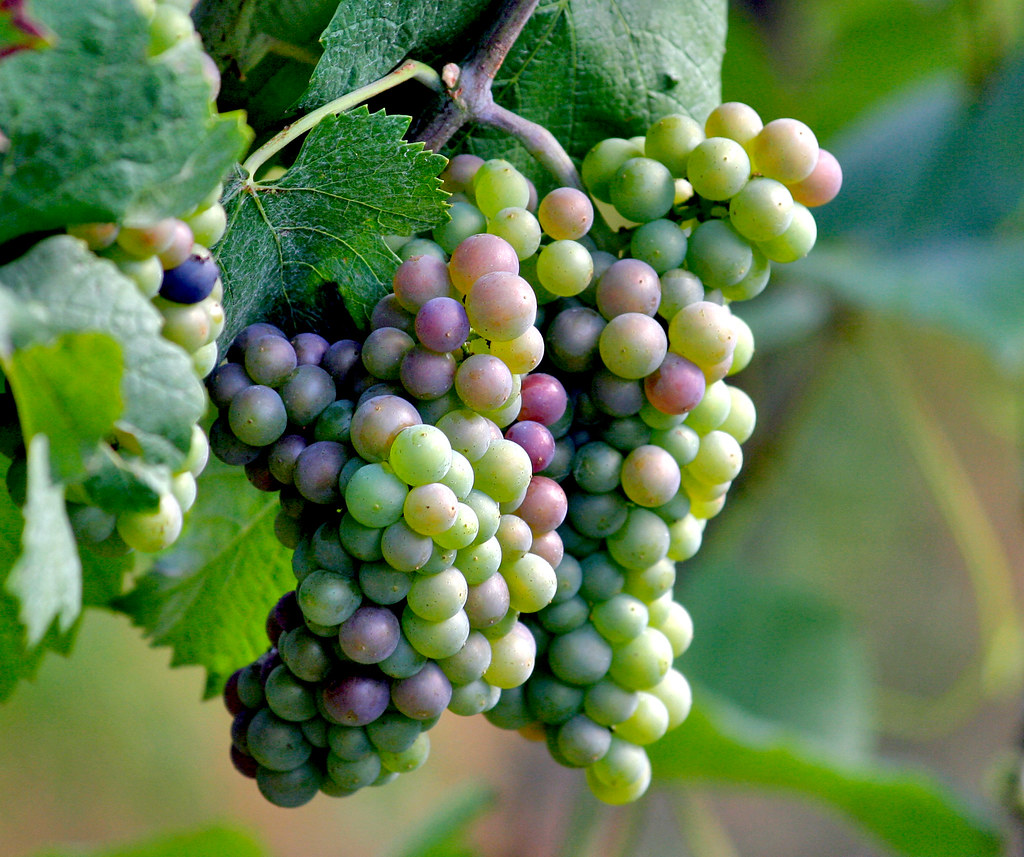
Scientists Investigate Grapevine's Population Genetics Using Structural Variants
September 11, 2019| |
After three years of investigating chromosome changes in Chardonnay and Cabernet Sauvignon grapes, a group of scientists successfully determined their genetic similarity and concluded that grapes inherit a different number of genes from their mothers and from their fathers.
These chromosome changes are called structural variants or SVs, and are a largely unexplored feature of plant genomes. The SVs became the key to determining the genetic similarity between the two grape varieties, with each having 37,000 genes. Its population dynamics is critical to understand the contributions of the SVs to phenotypes and their identification as casual genetic variants in genome-wide associations.
The grape varieties' SVs were investigated and its evolutionary genomics in propagated grapevine cultivar clones and outcrossing wild progenitors were closely studied. Using this, the team then assembled a catalogue of SVs and carefully compared the genomes of the Chardonnay and Cabernet Sauvignon by long-read and short-read genome alignment, and extended SV detection to their population samples.
The scientists then discovered that 15% of the genes in each grape variety only had one copy instead of two. This was remarkable to the scientists since it is common knowledge that when a living organism inherits a gene, a copy is inherited from each of its parents, meaning each gene has two copies. This led to a statement they made that these genetic differences may contribute to the differences in taste between wines made from different grape varieties, and also the color of the grapes.
According to the scientists, their findings on SVs can help understand the nutritional values among other fruits and vegetables. It is important to understand the fruits and vegetables' SVs, especially since these are unexplored in plant genomics. Greater knowledge of the genetic composition of fruits and vegetables helps scientists develop better plant breeding innovations.
Read more in Nature.
| |
You might also like:
- Gene from Wild Grapevine Involved in Powdery Mildew Response in Transgenic Grapevine
- VviAGL11 Gene Regulates Seed Morphogenesis in Grapevine
- Solar Ultraviolet Radiation May Improve Grape Fruit and Wine Quality
Biotech Updates is a weekly newsletter of ISAAA, a not-for-profit organization. It is distributed for free to over 22,000 subscribers worldwide to inform them about the key developments in biosciences, especially in biotechnology. Your support will help us in our mission to feed the world with knowledge. You can help by donating as little as $10.
-
See more articles:
-
News from Around the World
- GM Crop Planting Increased ~113-fold Since 1996
- Burkinabe's National Biosafety Laboratory Opened
- Students Concerned about Future of Biotech Innovations in Uganda
- Discovery of Genes Could Help Reduce Fertilizer Pollution in Waterways
- Plant Enzyme Could Guide Development of Medicines and Other Products
- Half of Australians Give ‘Conditional Support' to GM foods, Study Reveals
- Utrecht Biologists Discover A Way to Make Plants Flood Tolerant
-
Research Highlights
- First Pea Genome to Help Improve Future Crops
- Scientists Investigate Grapevine's Population Genetics Using Structural Variants
-
Plant
- Use of CRISPR-Cas9 Revealed OsCAF1 Influences Chloroplast Development in Rice
-
Read the latest: - Biotech Updates (November 12, 2025)
- Gene Editing Supplement (October 29, 2025)
- Gene Drive Supplement (February 22, 2023)
-
Subscribe to BU: - Share
- Tweet

